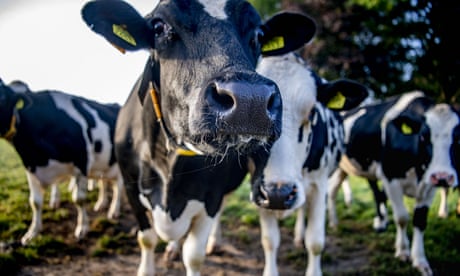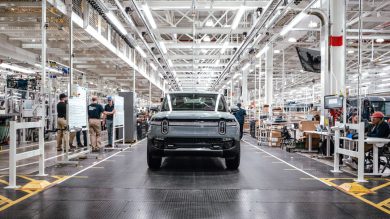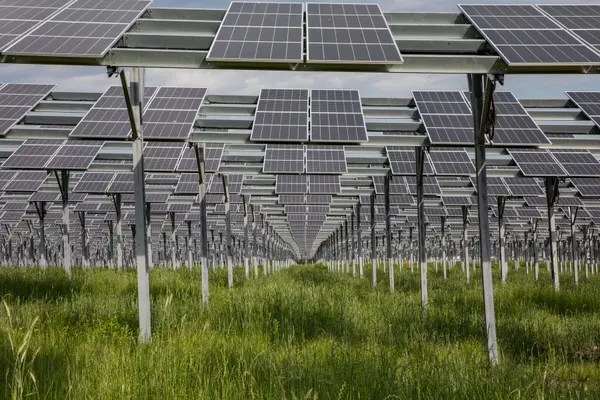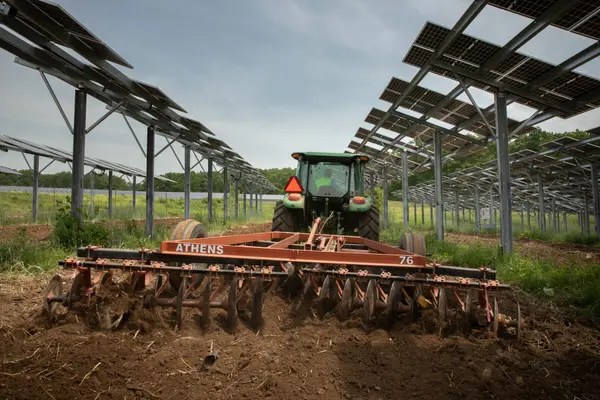
Heat pumps are energy efficient and considered by many to be powerful tools in combating climate change. Jackie Molloy for The New York Times
The technology is still young, and raising questions, but also full of promise according to this article by Hilary Howard in the New York Times:
Why Heat Pumps Are the Future, and How Your Home Could Use One
The highly efficient devices are the darlings of the environmental movement. Here’s why.
Heat pumps, which both warm and cool buildings and are powered by electricity, have been touted as the answer to curbing greenhouse gas emissions produced by homes, businesses and office buildings, which are responsible for about one-third of the emissions in New York State. Continue reading



























